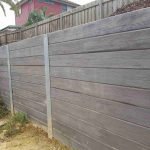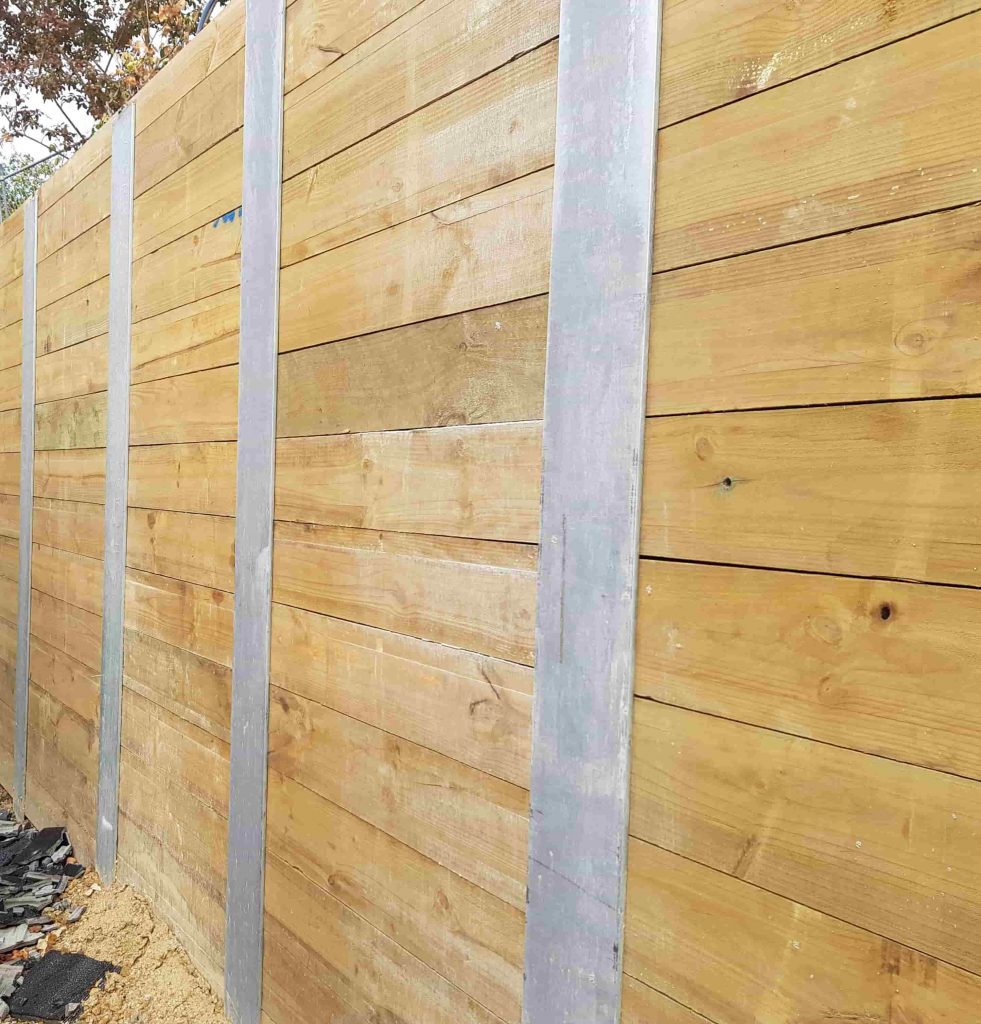Introduction
Building a maintaining wall is more than simply stacking stones or placing wood; it's an art that mixes engineering concepts, style aesthetic appeals, and practical functionality. As we explore From Concept to Conclusion: A Day in the Life of a Retaining Wall Builder, you'll find the complexities involved in this fascinating occupation. Whether it's managing concrete sleepers, H beams, or timber sleepers, every element plays an essential role in guaranteeing that the structure not only looks excellent however also stands the test of time.
What is a Keeping Wall?
A keeping wall is a structure designed to keep back soil and prevent disintegration on sloped surfaces. These walls are crucial for maintaining landscape integrity and can be made from various products such as stone, wood, and concrete.
The Function of a Retaining Wall Installer
A retaining wall installer is responsible for transforming plans into concrete structures. They work carefully with architects and landscape designers to make sure that the completed product satisfies both practical and visual criteria.
Understanding the Different Kinds of Keeping Walls
Concrete Sleepers
Concrete sleepers are pre-cast blocks utilized for their toughness and resilience. They supply excellent support for heavy loads and are resistant to rot and bug damage.
H Beams
H beams provide considerable structural assistance due to their shape, making them perfect for taller keeping walls where extra strength is required.
Wood Sleepers
Though aesthetically attractive, wood sleepers need routine upkeep due to their vulnerability to decay. Nevertheless, they can supply a warm visual that blends well with natural landscapes.
Timber Sleepers
Timber sleepers are often utilized in domestic projects where less height is required. They can develop a rustic charm but included concerns about longevity.
Stone Retaining Walls
Stone walls are classic and can include enormous value to homes. Their natural look makes them popular in landscaping styles however requires skilled craftsmanship for appropriate installation.
The Preliminary Assessment: What Takes Place First?
During the preliminary assessment stage, a retaining wall contractor meets with customers to discuss their needs and choices. This phase includes site evaluations, comprehending drain problems, and identifying product choices.
Planning & Design Phase: Crafting the Blueprint
Once initial conversations conclude, comprehensive blueprints are produced. This plan consists of measurements, product specifications (be it concrete sleeper or stone), and drain solutions.
Permits & Regulations: Navigating Legalities
Before building and construction starts, protecting essential licenses is important. Building codes vary by location; for this reason comprehending regional guidelines makes sure compliance throughout the project.
Preparing the Website: Clearing & Excavation Work
Preparing the site involves cleaning plants and debris followed by excavation work. This action lays the structure for a structurally sound keeping wall.
Material Selection: Picking The Right Components
Selecting products aligns closely with design objectives while also thinking about budget constraints. Aspects like toughness (concrete vs. timber sleeper) play an important function in this decision-making process.
Foundation Work: The Significance of Stability
A strong structure is non-negotiable when building any keeping wall. Whether utilizing H beams or stone, making sure stability avoids future collapses or shifts.
Construction Process: Detailed Execution
Lay Out The Plan
Using stakes and string lines helps picture where each part will go.
Excavate For The Base
Digging ensures that water will drain properly away from the wall.

Install Drain Solutions
Correct drain systems prevent soil saturation behind walls.
Constructing The Wall
Depending upon chosen products (like concrete sleepers), walls may be developed layer by layer.
Backfilling
When installed, backfilling assists support the structure while making sure sufficient drainage.
Finish Work
Adding any desired functions like caps or decorative aspects completes the look.
Tools of The Trade: Important Devices For Builders
Having a selection of tools at hand makes all jobs simpler:
- Shovels & & Picks Levels Compactors Trowels Power Tools
Quality Control Steps Throughout Construction
Quality control ensures that every element satisfies industry standards:
- Regular Inspections Material Testing Adherence To Plans
Addressing Challenges On-Site: Problem-Solving Skills Required
No construction job goes off without a drawback! From unexpected weather condition changes to material shortages-- being adaptable is key!
Final Touches: Visual Enhancements For Your Maintaining Wall
After building and construction comes beautification:
Landscaping around it Adding plants or lighting Painting or staining wood structuresMaintenance Tips For Durability Of Maintaining Walls
To extend the life of your maintaining wall:

- Regularly inspect for cracks Clean particles Check drain systems
Common FAQs About Maintaining Walls
1. What products are best for building maintaining walls?
Choosing between concrete sleeper, stone, timber sleeper depends upon aesthetic choice and structural requirements.
2. How tall can my maintaining wall be?
Local guidelines dictate height limits; normally between 4-- 6 feet without unique permits.
3. Do I need preparing permission?
In most cases yes; examine regional building codes before starting https://martincontractorsotwj686.mystrikingly.com/ construction.

4. Can I install a keeping wall myself?
While DIY is possible, employing professionals guarantees security and compliance with regulations.
5. How do I preserve my keeping wall?
Regular evaluations ought to focus on looking for cracks or drain concerns; immediate repair work boost longevity!
6. Are keeping walls expensive?
Costs differ based on products selected(e.g., wood vs stone)along with labor costs involved.
Conclusion
In conclusion, building a maintaining wall involves precise preparation from start to finish-- for this reason why understanding every action in this journey from principle through conclusion matters tremendously! From choosing products like concrete sleepers or lumber to browsing legal requirements-- it's clear how comprehensive this process really is! So next time you see one standing tall versus nature's forces-- take a moment to appreciate all that went into developing it!